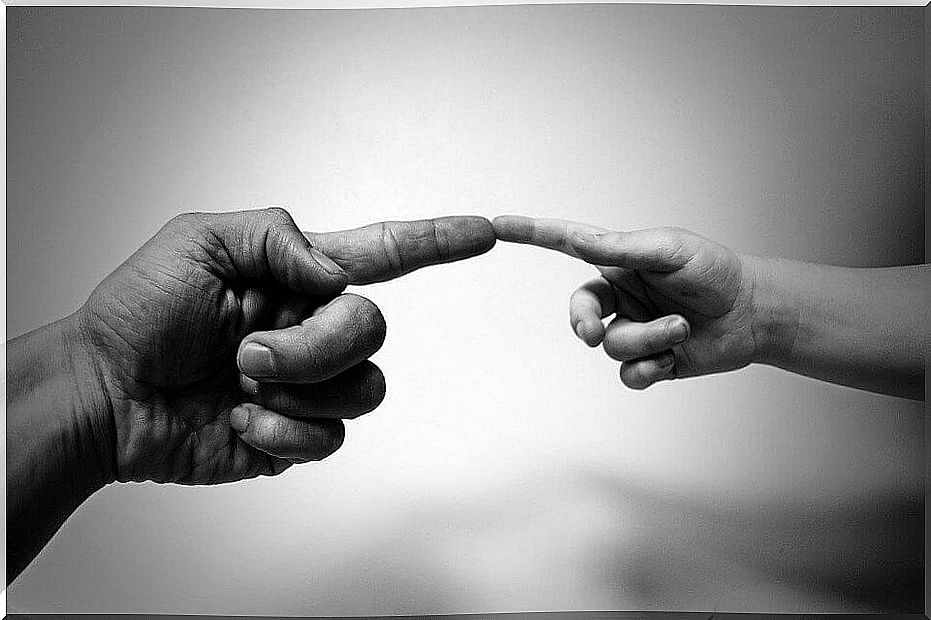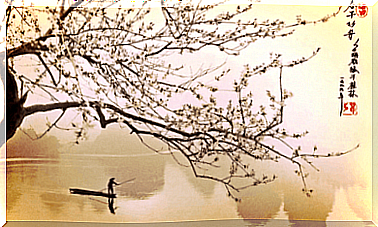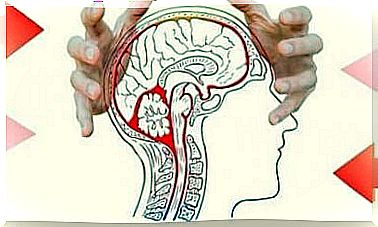Each Gesture Is Its Own World – Do Not Get Lost

Every day we voluntarily perform a whole series of gestures. We perform them to pass on information that others can understand. This happens so frequently that it can lead us to believe that the gesture has a meaning. But it is not true – a gesture has no meaning of its own, but it is something attributed to it by the one who interprets it.
When we travel to places that have a culture different from our own, the way they move or communicate can seem strange. We may not understand the significance of their gestures even though they are similar to those we do. The truth is that every gesture has its own world, or at least it can be so.
Let’s take the blink as an example. This gesture consists of closing one eye for a brief moment while keeping the other open. It is a simple gesture to recognize, but not so easy to interpret.
Imagine the following situation: several people drinking coffee on a café’s patio. A boy blinks at a girl looking at him. At another table, another boy blinks, not looking directly at anyone. The girl repays the wink to the boy while another girl, who looks at all three, blinks.

How do we interpret this situation? If you want, you can first think about which sentence you attribute to each wink so that you can compare it with the real sentence.
Here is the interpretation of this story:
- The first boy to blink did so on purpose. He wanted a girl’s attention. Blinking on purpose has a flirting effect and is used to show intentions or romantic interest. It is also a gesture that confirms or emphasizes participation. In another context, it can also be sarcastic, especially if it is accompanied by sarcasm.
- The other boy blinked involuntarily. He has a tick that made him blink. Because of that, he did not look at anyone.
- The girl who returned the wink to the boy did so because she wanted to fit in. She is from another culture where blinking has no meaning. The girl reciprocated the wink because she thought it was culturally appropriate, as if it were a greeting.
- Finally we come to the girl who sees the whole scene and blinks. She blinks simply because she’s got something in her eye. The blinking is in this case a reflex to get rid of the particle that has ended up in the eye. Therefore, that blinking is involuntary.
This story, even if it is made up, shows us that gestures can have many meanings and that they can be voluntary or involuntary. Had you guessed right about the winks? Imagine how difficult it can be to interpret this gesture. Without proof of the significance of a gesture in any context, guessing its meaning can be very complicated.
For Ferdinand Saussure, gestures are composed of the connection between its meaning and the meaning of the name. The meaning is what the gesture means and the name is the word that represents it. This means both spelling and pronunciation. When it comes to gestures, the name is the gesture itself.
The union of the two, by name and meaning, does not offer much of a solution because their relationship is arbitrary. This means that a simple hand movement can have a meaning with which it does not have a relationship. Therefore, it is often difficult to know the meaning of gestures.
Different cultures have different gestures with different meanings. Some of the gestures that may have different meanings than you may be used to are the following:
- Giving a thumbs up seems to mean that everything is okay. But in Germany it means number one and in the Middle East it is a gesture of anger towards someone.
- Eating everything on the plate may mean to you that the food was very good. In China or the Philippines, however, it means that there was little food and that the host was stingy.
- Extending the hand with the palm outwards is a gesture we use as a stop sign. In Greece, on the other hand, it is a way of calling someone a criminal.
- Straightening the index and little fingers while bending the rest of the fingers over the palm of the hand is a cheering sign in the world of hard rock. In Spain, this gesture is used if someone’s partner is unfaithful. In Africa, this gesture is a curse.
- A similar hand gesture with only the thumb and little finger originated in Hawaii and is a common greeting among surfers.
- Giving flowers usually means showing your love or sympathy to someone. In Russia, on the other hand, an even number of flowers means a wish for the recipient’s death.

Be careful how you interpret, but perhaps especially with what gestures you express, the next time you travel. When you do not know a culture or context well, we can draw absurd conclusions. If you are unsure, it is best to ask questions to avoid conflicts.









